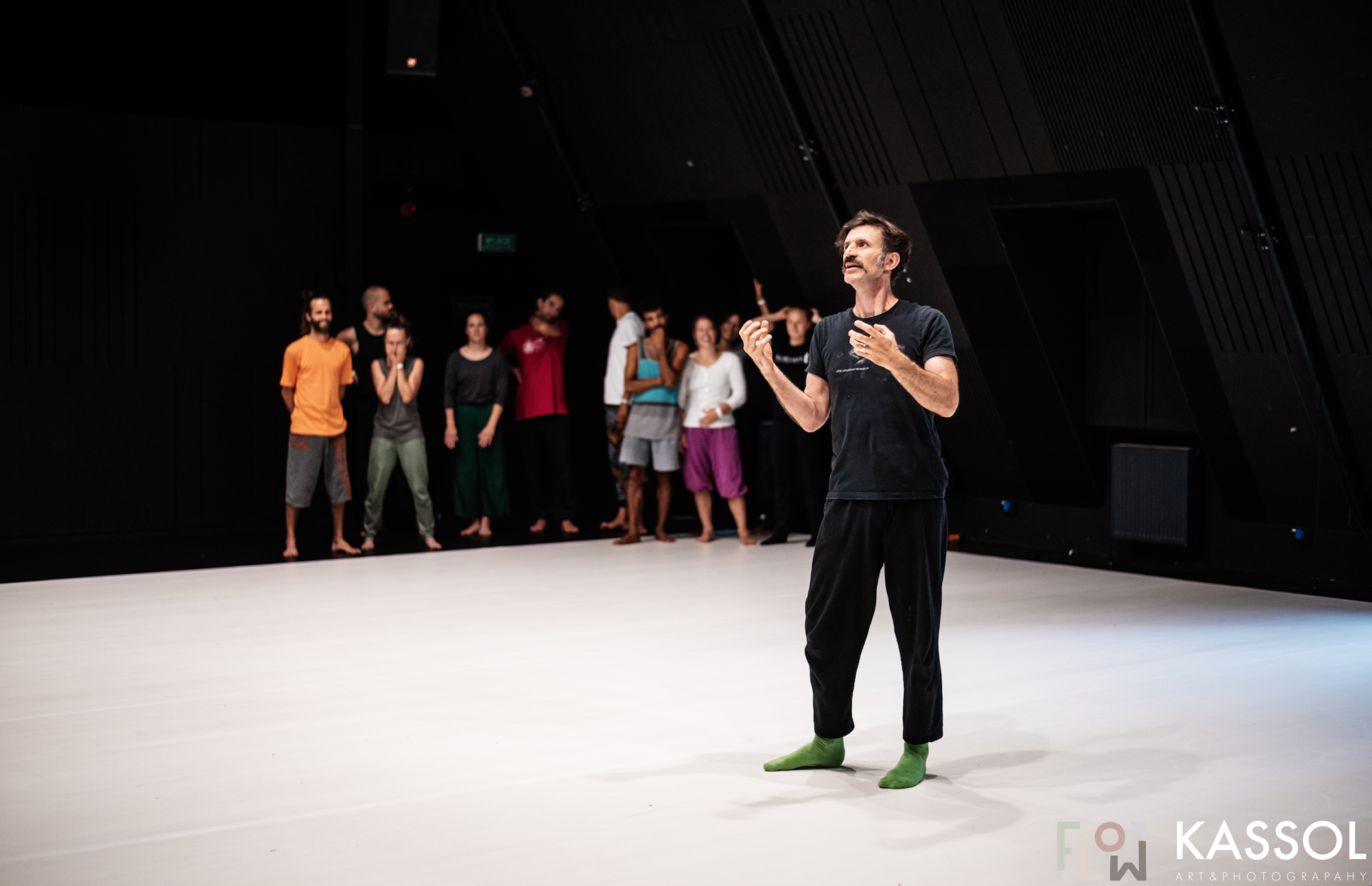Last night saw the piece Ten Chi by Pina Bausch. Almost three hours long…professor and Maryanne… Anyways. Some sections I really enjoyed- the grunting woman killing the pillow; the rubbery sinewy solos (ooh, palindrome!!) by the men in black; the incessantly falling flower petals; the Asian woman sweeping across stage supported by two men. Maybe those sections stood out because the rest was not so captivating.
What was the point of the show? What was the connection to Japan? The piece was funded in part by a Japanese governmental agency, I think. A little something I read in the program, (which could have had a bit more in it to shed some light on performance). Many references to Japan – My car is Toyota, my TV Sanyo, my VCR Samsung…; the tour guide with the backpack; the whale on stage; the bowing section between two women.
The piece was constructed of short vignettes, some dancing, some talking, occasionally a woman in a silk dressing gown was lifted by a large blonde man, a pillow was thrown, a pillow was killed, various ways to wear a white handkerchief were modeled, men were carried on stage and their hair stood up, a woman had her dress ripped off, a man lifted a woman and carried her around the whale tail while she mimed swimming (VERY CHEESY!!), an Asian dwarf came on stage riding an ostrich, well no that did not happen but if it had, it would have fit right in….on and on these vignettes came and the snow/flowers/dandruff fell.
I did not understand the point of all these vignettes. Were they impressions of Pina’s time in Japan? I could not sense an arch, but I could an overall structure. In 3 hours she had plenty of time to create one. First a dance section, then a talking section…this is dance theater after, must have talking. It was a 3 hour variety show, that ended with a dance off – each of the performers showcasing their skill to loud music. The crowd roared and leaped to their feet. Why, why, why, why, why?
final though:
Let us not confuse budget with genius

